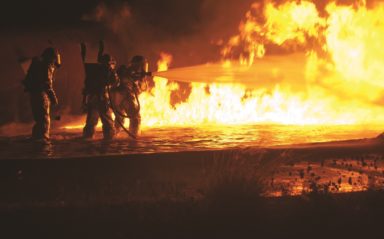
Explosion Science
Gexcon has developed a unique training course for obtaining a full understanding of the phenomenon of explosions, including consequences, prevention techniques and current regulatory requirements for a safe and compliant working environment. The course covers gas and dust explosion theory, DSEAR (Dangerous Substances and Explosive Atmospheres Regulations) and ATEX regulations, ignition theory, hazardous area classification, risk assessment and protection concepts….

FLACS-CFD v20.x Foundation Certification Exam
Certification for the level FLACS-CFD v20.x Foundations is awarded by passing the FLACS-CFD v20.x Foundations Certification Exam. The exam tests knowledge of how to operate FLACS-CFD (functionality) and how to use FLACS in practical applications (best practices).
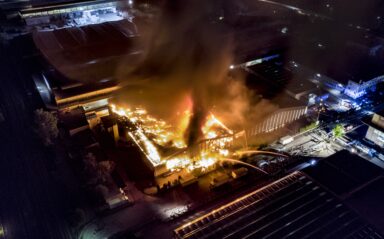
Gas Explosion Hazards Course
Gas explosions are unfortunately still common in the process industry and can lead to injuries, fatalities, property damage, business interruption and environmental pollution. In fact, gas explosions are the biggest contributor to losses in the hydrocarbon industry. It is therefore of paramount importance to reduce the risks when handling flammable gases and vapours. This course is looking into gas…
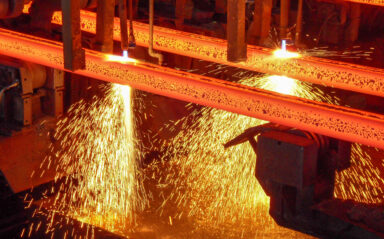
Electrostatic Hazards
Electrostatic hazards are often given the blame as the cause of an accident when it is unclear what in fact was the ignition source. Yet, the processes leading to the generation of electrostatic charge, accumulation, and discharge are well understood, and hence, electrostatic hazards as a possibility for causing ignition of flammable gas, vapor, or dust clouds can be prevented….
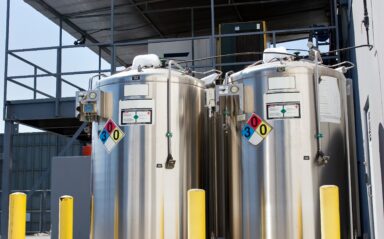
Hazardous Area Classification
Hazardous area classification is an important first step towards reducing the likelihood of ignition of clouds of flammable gas, vapour, and/ or dust. Mechanical and electrical equipment used inside a classified area shall be approved for use in that area. The classification concerns areas both inside and outside process equipment and is closely related to release and dispersion phenomena. Ventilation…

Hazards Associated with Small-Scale LNG Installations
Small-scale Liquefied Natural Gas (LNG) installations are getting more and more popular. They range from truck-filling stations to small-scale liquefaction plants. We offer an advanced course on the analysis of explosion and other hazards for small-scale LNG facilities. It addresses multiple hazards associated with LNG facilities, including LNG release and dispersion, explosion modelling, cryogenic spills, prevention and mitigation, probabilistic risk…
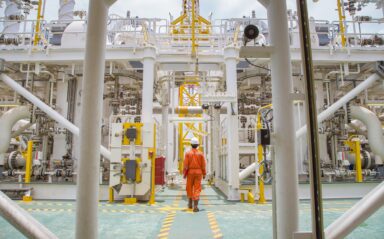
Self-Declaration of Mechanical Equipment to be Used in Flammable Atmospheres
The ATEX Directive 2014/34/EU demands that electrical and mechanical equipment to be used in potentially explosive areas is approved for that purpose. This approval can be performed by the manufacturers themselves if the equipment is to be used in zone 2 and 22 for electrical and mechanical equipment, and in zone 1 and 2 and 21 and 22 considering mechanical
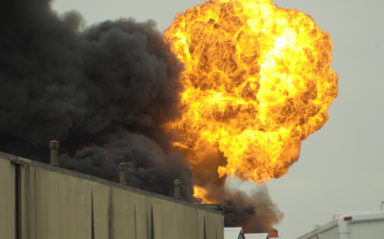
Dust Explosion Hazards Course
Dust explosions still occur on a regular basis in the process industry causing injuries, fatalities, property damage, business interruption, and environmental pollution. This is in spite of the wealth and knowledge available to prevent the accident and to reduce the consequences to a minimum. In this two-day advanced course on dust and powder explosion hazards, you will learn all…
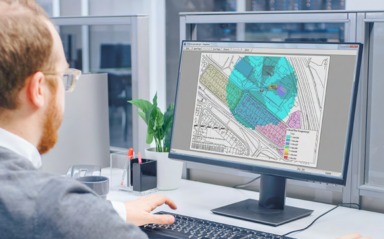
Shell Shepherd Course
This course is an introduction into the theory and applications of the risk management software Shepherd v3.

Shell FRED Introductory Course
This course is an introduction into the theory and applications of Shell FRED 2020. It will cover all the existing consequence modeling scenarios within the software.

EFFECTS & RISKCURVES Course
This course is a combination of a 2-day EFFECTS course and a 1-day RISKCURVES course which will be conducted in person.
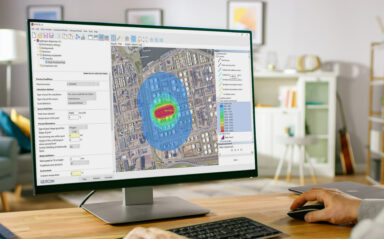
EFFECTS Course
This course is aimed at introducing the principles of consequence modelling and EFFECTS user interface and giving an overview of all the models available within the software, which will be conducted in person.
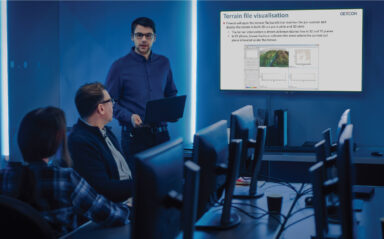
FLACS I Course
This course covers the standard modules in FLACS, such as geometry import and generation, gas dispersion, explosion, and fire, as well as liquid pool spread. It also comprises presentations on validations, explosion mitigation, QA and probabilistic risk analysis. This course combines theory, demonstrations, and practical exercises with FLACS software. Therefore, students will be required to practice and apply their new…